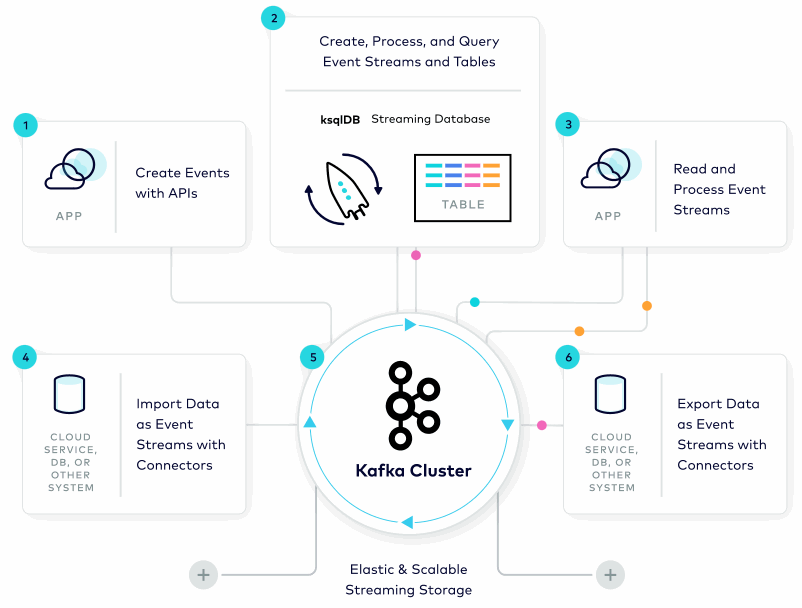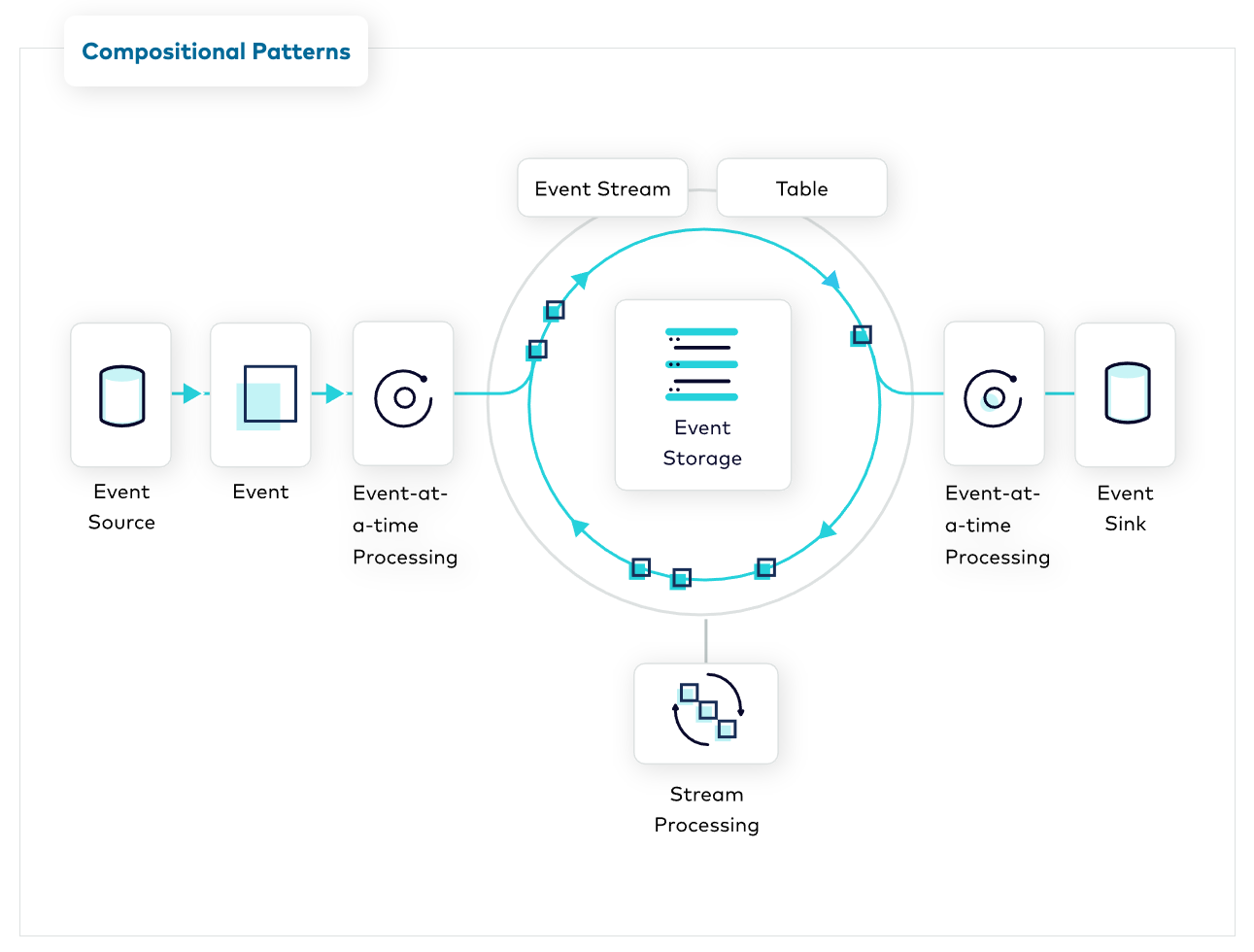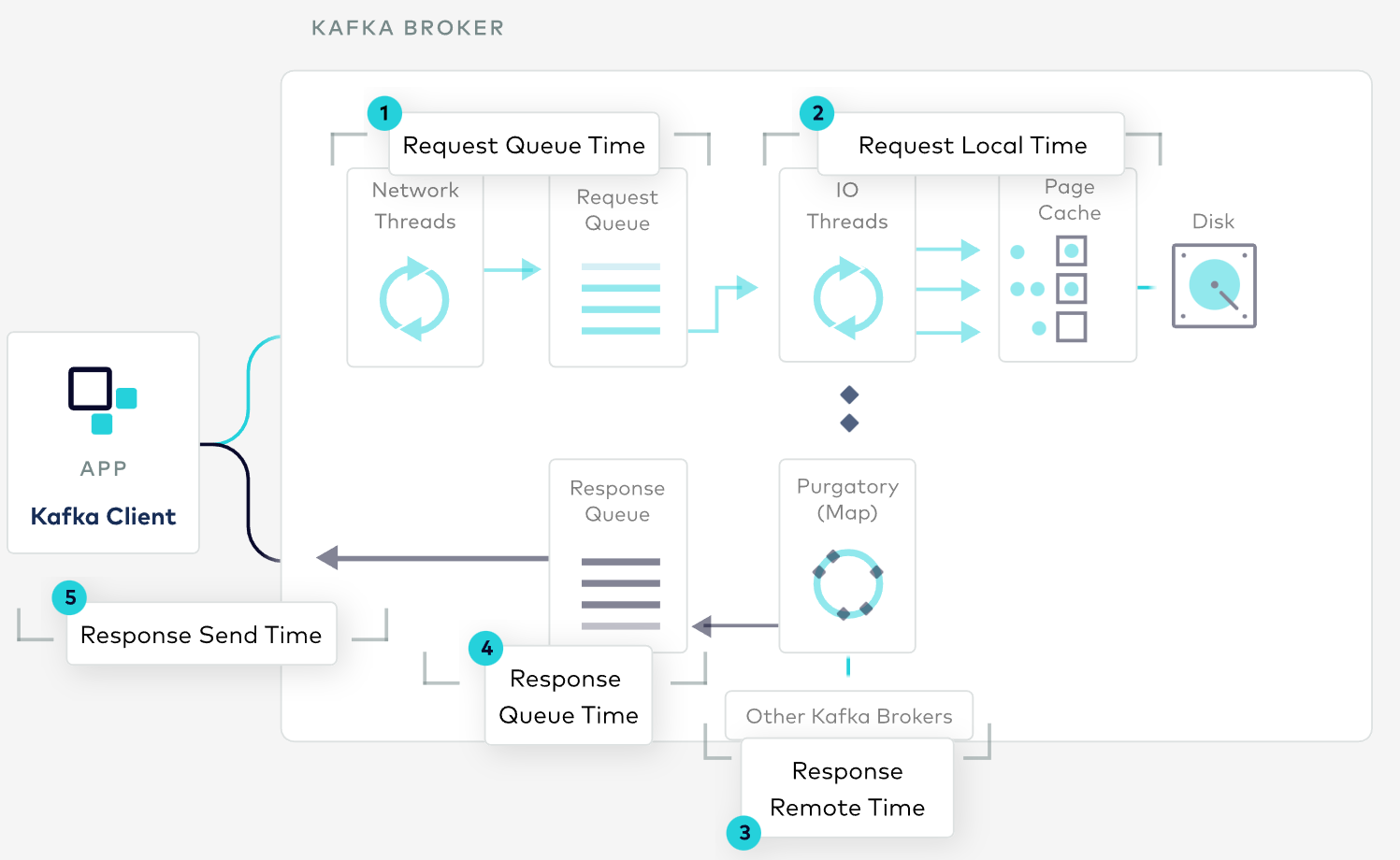Join us at Current New Orleans! Save $500 with early bird pricing until August 15 | Register Now
The New One-Stop Shop for Learning Apache Kafka
Today, I’m very excited to announce an all-new website dedicated to Apache Kafka®, event streaming, and associated cloud technologies. The site is called Confluent Developer, and it represents a significant milestone in our collaboration with the Kafka and Confluent communities.
One of the things that makes Kafka exciting is that it isn’t just another data store; it’s really something quite different. Learning the nuances of the technology involves adapting to a whole new ecosystem alongside a new way of thinking about data. As with many open source technologies, the information you need to answer such questions is available. Yet, many developers face a challenge navigating these disparate resources arranged across the internet in a coherent manner. Confluent Developer helps to solve this problem, compiling all the information you need in one place, from your first steps in event streaming right through to more complex topics: microservice architectures, data pipelines, and company-wide systems for data in motion. Here is a taster of what’s available.

The most complete, free library of Kafka-related courses on the internet
The site ships with a comprehensive selection of courses—each completely free:
- Kafka 101
- Connect 101
- Kafka Streams 101
- ksqlDB 101
- Inside ksqlDB
- Spring Framework and Apache Kafka
- Building Data Pipelines
- Event Sourcing and Event Storage in Apache Kafka
- Data Mesh 101
These courses span various learning styles, with video, written learning materials, and hands-on exercises. The course’s creators work full-time on the technologies they cover. For example, the Kafka Streams course was prepared by Bill Bejeck, a Kafka committer and PMC member, and delivered by Sophie Blee-Goldman, an engineer on our Kafka Streams team. The “Inside ksqlDB” course is prepared and presented by ksqlDB’s Product Manager Michael Drogalis. These are people that sleep, live, eat, and breathe data in motion, and their deep domain knowledge comes through in the courses they deliver.
Getting-started experiences tailored to a wide range of programming languages
Kafka has clients for most programming languages you may wish to use, but it wasn’t always easy to get started. Confluent Developer includes getting-started guides tailored to some of the most popular languages, including Java, Python, Go, REST, .NET, NodeJS, and C/C++. These guides take you through the step-by-step process of building an application with Kafka and the language of your choice in an easily accessible and idiomatic way.

A catalog of design patterns just for event streaming
One section of Confluent Developer that we’re very proud of is the Event Streaming Patterns catalog. The site includes a catalog of more than 50 design patterns, starting with simple ones like Event Stream and Event Processing Application and extending into more complex compositions like Event Collaboration and CQRS.

These patterns play several important roles in designing systems for data in motion. For one, they establish a common language, just as you might use the terms singleton, circuit breaker, or proxy today. Secondly, these patterns enumerate the foundational components needed to build more complex systems—a recipe book you can use to piece together the perfect meal.
Interactive exploration of Kafka’s internals
Kafka’s internals have many moving parts spanning network, I/O, replication, and persistence. Confluent Developer ships with two unique, interactive diagrams that help you understand how these different modules fit together, measure their performance and tune their configuration, providing a solid mental model for how the system works under the hood.

A single home for Apache Kafka learning
Confluent Developer covers all you need to know about Apache Kafka, event streaming, and Confluent Cloud. There is a vast amount of information on the site, and we’ll be adding to it over the coming releases. We hope you find the site both exciting and informative.
Find out more at dev.confluent.io.
Avez-vous aimé cet article de blog ? Partagez-le !
Abonnez-vous au blog Confluent
Introducing KIP-848: The Next Generation of the Consumer Rebalance Protocol
Big news! KIP-848, the next-gen Consumer Rebalance Protocol, is now available in Confluent Cloud! This is a major upgrade for your Kafka clusters, offering faster rebalances and improved stability. Our new blog post dives deep into how KIP-848 functions, making it easy to understand the benefits.
How to Query Apache Kafka® Topics With Natural Language
The users who need access to data stored in Apache Kafka® topics aren’t always experts in technologies like Apache Flink® SQL. This blog shows how users can use natural language processing to have their plain-language questions translated into Flink queries with Confluent Cloud.
